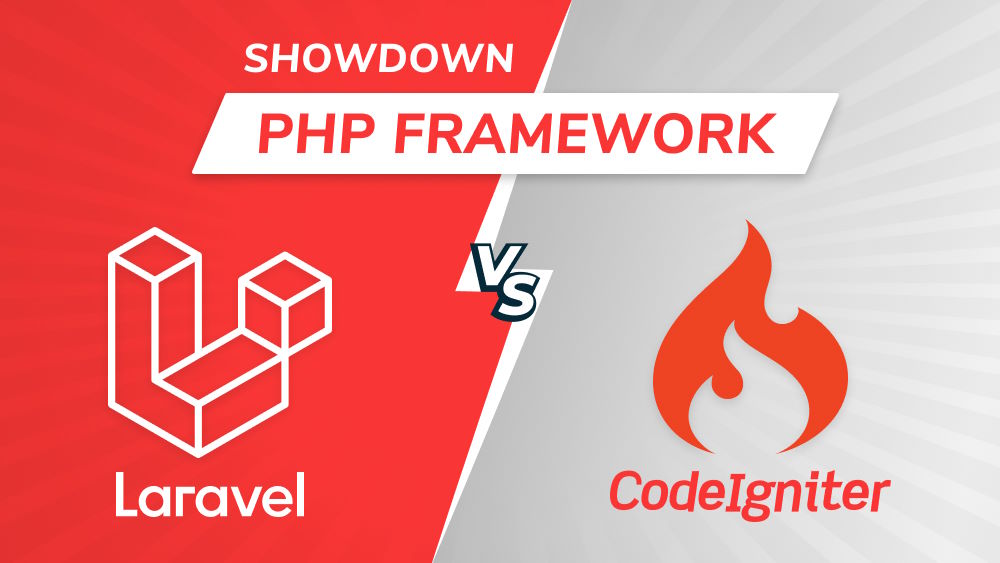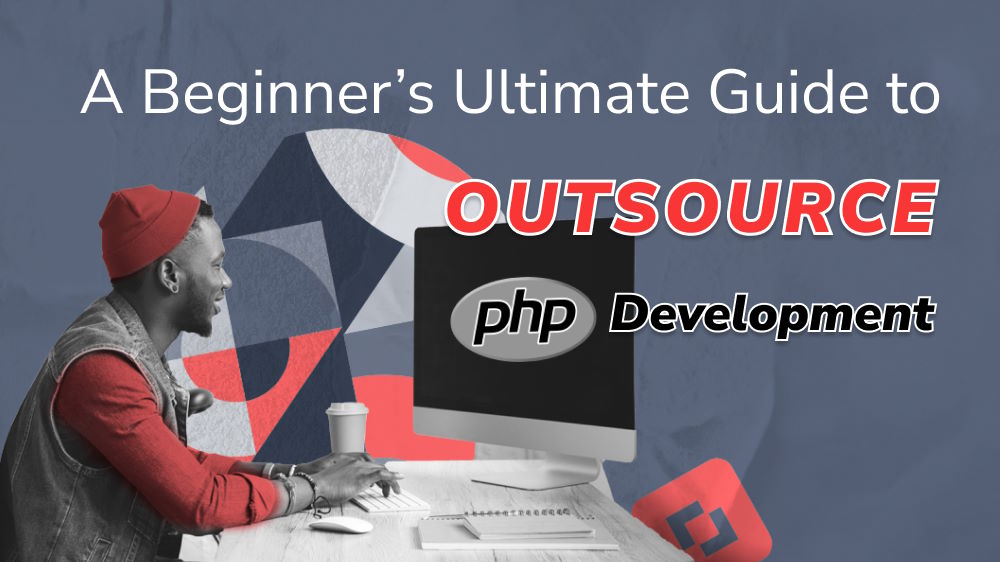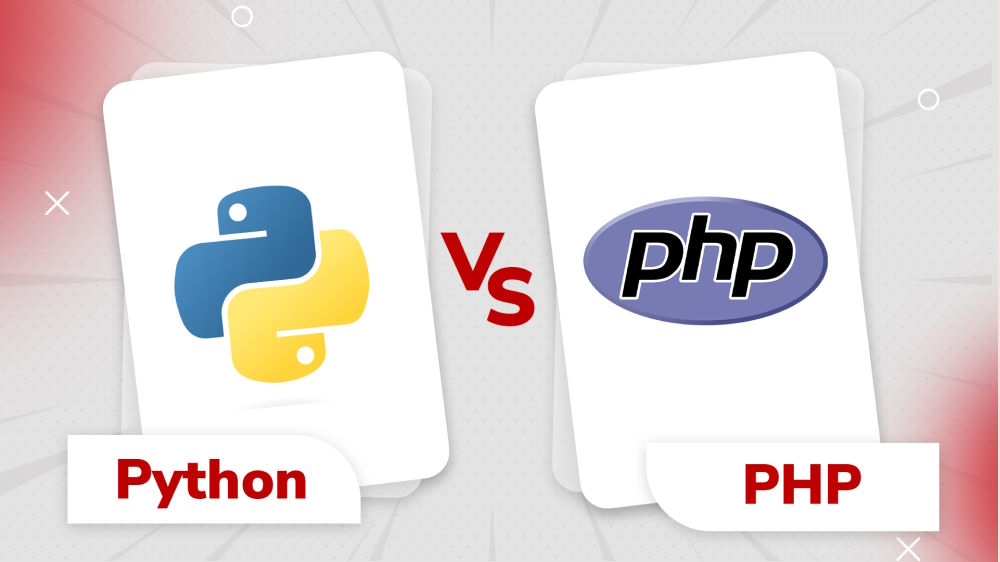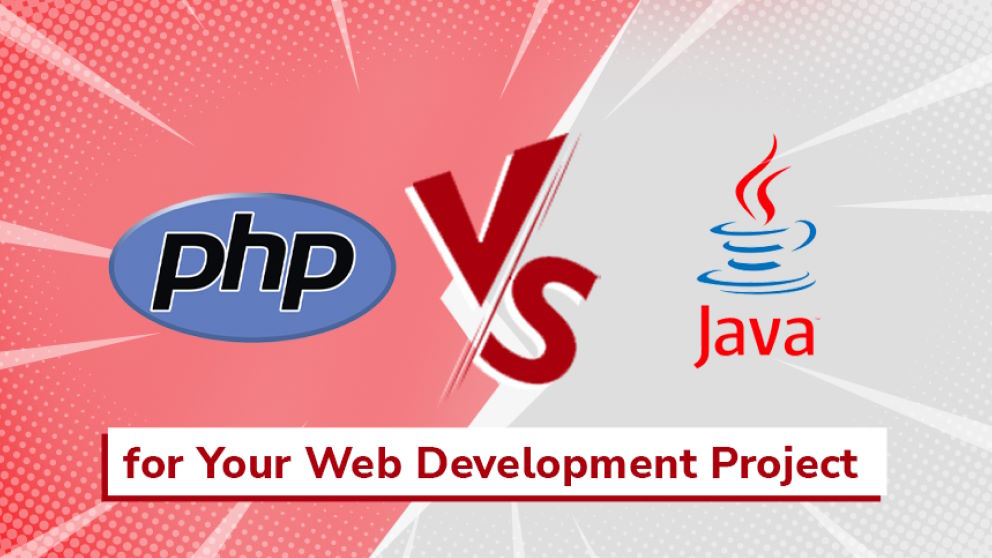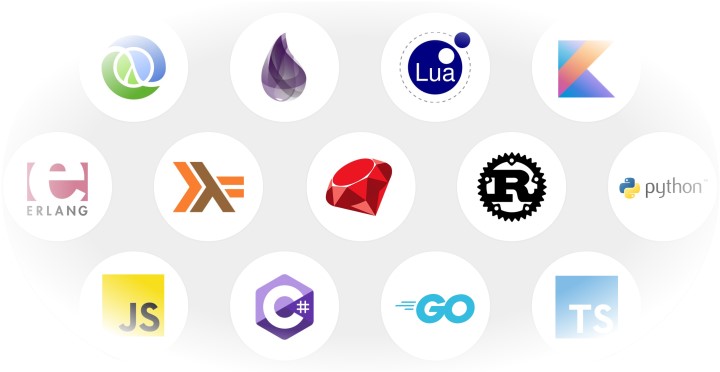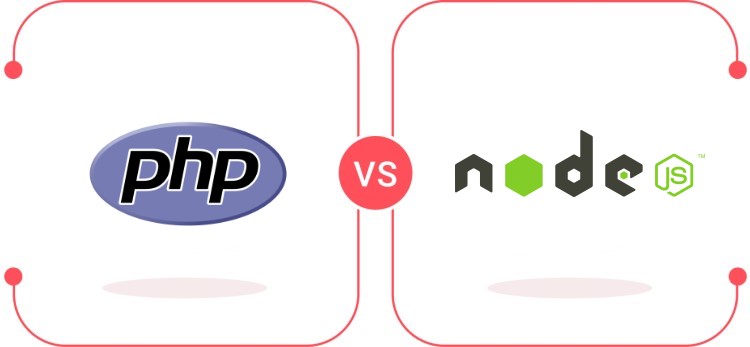CakePHP Vs. Laravel: Choosing the Right PHP Framework for Your Project
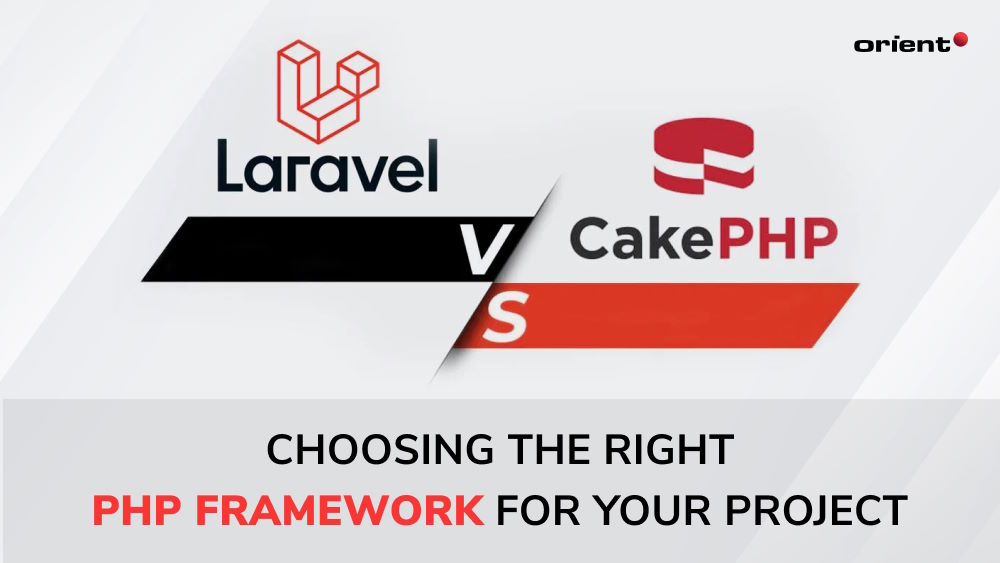
Content Map
More chaptersIn the world of PHP frameworks, the two most popular are CakePHP and Laravel. Both help streamline web app development by containing built-in libraries and features. This enables developers to quickly build, test, release, and maintain dynamic websites and web apps.
Despite their similarities, CakePHP and Laravel have different key features and approaches to tackling common programming challenges. For clients, this makes choosing the right PHP framework a challenge, as they don’t know which one will best fit their needs.
In this article, you’ll learn the differences between CakePHP and Laravel and how to choose the right PHP framework for your project.
About CakePHP
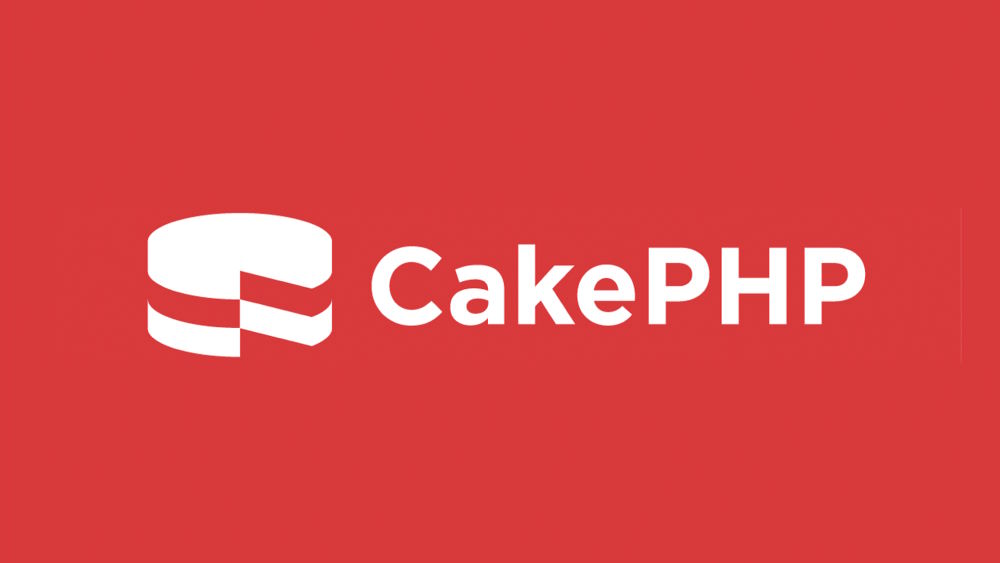
CakePHP is a free, open-source PHP framework developed and released in April 2005 by Polish programmer Michal Taraynowicz (first under a Public Domain License, then changed to an MIT License).
The CakePHP framework operates on the Hierarchical Model-View-Controller (HMVC) architecture. An extension of the MVC pattern, HMVC allows a CakePHP developer to create more complex and scalable web applications. It is especially useful for creating microservices web apps, which are single apps made from small, loosely coupled services deployed individually.
To date, there are around 45,618 currently live websites using CakePHP, making it one of the most popular PHP frameworks.
CakePHP Key Features
Below is a list of CakePHP’s key features. Learning about these features helps you decide if CakePHP is right for you. Alternatively, talk to Orient Software about outsourcing your web application development services.
HMVC Architecture
An extension of the MVC pattern. HMVC allows developers to separate an app’s user interface (UI) and backend logic into individual components but also reuse almost any piece of code across multiple pages. This is how most widgets work today, where the same component (e.g., a chatbot icon or comment) is present on every page of a web app or website.
Object-Relational Mapping (ORM)
An abstraction layer that simplifies the interactions between relational databases and object-oriented terminology. It allows developers to incorporate relational databases into their web apps – without having to modify the database to fit the structure of their programming language.
Class Inheritance
An automatic function sorting system, where reusable functions are stored in the Parent class, and class-specific functions are stored in the Child class. This makes it easier for developers to retrieve specific functions, thereby streamlining development time.
Create, Read, Update, and Delete (CRUD) Scaffolding
A temporary model and controller that developers use to quickly build functional web apps. Just like real scaffolding, CRUD scaffolding is only used for as long as it is needed. Afterward, it is replaced with a more permanent and customizable backend.
Read more: The Advantages and Disadvantages of PHP
About Laravel
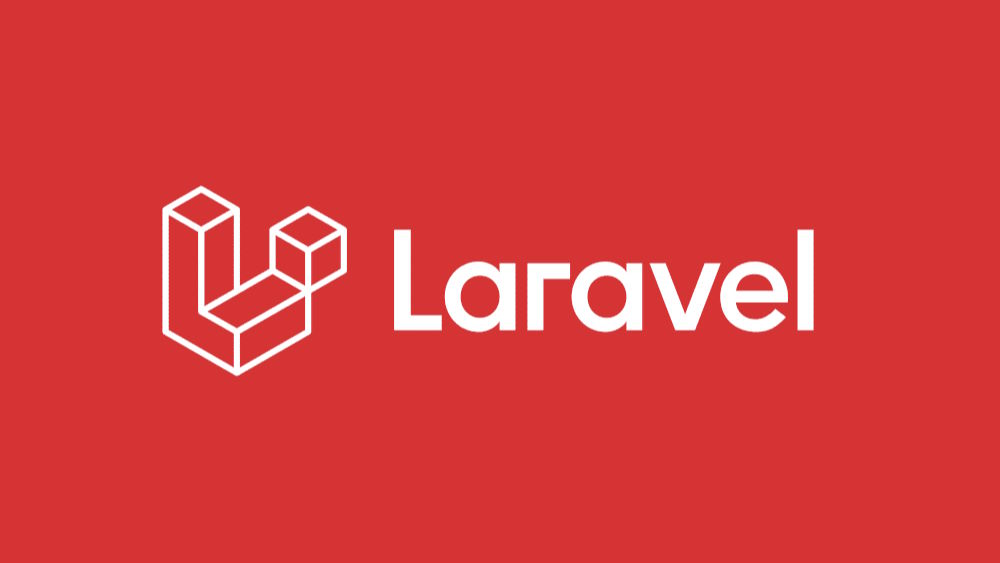
Like CakePHP, Laravel is also a free, open-source PHP framework. The source code is hosted on GitHub and licensed under the MIT License.
Developed and released by Taylor Otwell in June 2011, Laravel operates on the MVC structure and features the Blade template engine, a simple and powerful tool for creating dynamic and user-friendly web applications.
Laravel features the Artisan command-line interface (CLI), which is designed to eliminate tedious and repetitive manual coding tasks. It also supports concurrent unit testing, allowing developers to test multiple units at once, streamlining testing, and preventing errors due to unexpected changes.
PHP programmers also praise Laravel for its robust security and built-in authentication system.
Laravel Key Features
Below is a breakdown of Laravel’s key features. These features help Laravel developers build fast, visually striking, secure, and scalable dynamic websites and web applications.
According to Laravel’s versioning policy, the company releases a new major version of the framework once per year, introducing new features and quality-of-life improvements. These are some of the most popular features to date.
Blade Template Engine
Laravel’s proprietary templating engine. Allows developers to create templates in plain HTML and PHP code – without using a separate template language. Developers can then add, remove, and modify these templates as they see fit.
Concurrent Unit Testing
A technique that allows developers to execute parallel unit testing. This means developers can run tests simultaneously across multiple processes, which significantly speeds up the time it takes to run an entire test suite.
Database Migrations
It enables developers to version control their database schemas so they can easily modify and share the application’s database development amongst their team. This simplifies the process of creating and managing tables, making it easy for developers to create complex, large-scale web applications.
Artisan Command Line Interface (CLI)
Laravel’s proprietary CLI is powered by Symfony Console. It provides several helpful commands to help streamline various development tasks. For example, developers can use Laravel to generate code for different application parts, such as migrations and controllers.
Read more: Hire Dedicated Laravel Developers
Differences Between CakePHP Vs. Laravel
Now that you comprehend the key features of CakePHP and Laravel, let’s compare their differences. While both frameworks are powerful tools for creating scalable web applications, they have different approaches to achieving similar outcomes.
Understanding these differences helps you decide which PHP framework best fits your needs. Let’s see how the two compare in terms of their performance, scalability, accessibility, and security.
Performance
Both CakePHP and Laravel support horizontal scaling, an optimization technique that involves adding more servers to manage high traffic volumes. CakePHP uses caching to reduce response times, while Laravel uses queue management and database optimization to enhance performance.
As a result, both frameworks exhibit similar performance, but results vary based on the use-case scenario.
Winner – Equal
Scalability
CakePHP is best suited for simpler, small-scale dynamic websites and applications, while Laravel is best suited for more complex, large-scale projects. While you can make large-scale web apps in CakePHP, it’s easier to do so in Laravel.
This is because Laravel has more built-in features than CakePHP to facilitate scalabilities, such as built-in widgets and support for multiple languages. Therefore, Laravel is ideal for e-commerce and enterprise-grade web applications.
Winner – Laravel
Accessibility
Both CakePHP and Laravel have a wealth of documentation, guides, and online communities to support newcomers.
That said, CakePHP is generally simpler and easier to learn than Laravel, as it has fewer built-in features. Laravel also has less documentation than CakePHP, so developers must sometimes experiment or consult online communities to troubleshoot issues in their web development environment.
Orient Software’s PHP development services support both CakePHP and Laravel. With over 19 years of experience, our PHP developers are proficient in PHP technologies like libraries (Ajax, XSL), databases (MySQL, PostgreSQL, Oracle), open-source solutions (Typo3, Drupal, Magento), and operating systems (Linux, Windows).
By taking the time to understand your project requirements, Orient Software’s PHP developers can choose the right PHP framework to suit your needs.
Winner – CakePHP
Security
Both Laravel and CakePHP have robust security measures to protect web applications. CakePHP has solutions to prevent SQL injections, validate data, and prevent cross-site request forgery (CSRF). CSRF is an attack that forces a user to execute unwanted actions in a web app. To prevent this, CakePHP allows developers to store CSRF tokens in either sessions or cookies.
Laravel has a built-in authentication system, which consists of guards and providers. Guards define how a user is authenticated with each request, while providers define how user info is retrieved from the web app’s permanent storage solution. Like CakePHP, Laravel also has CSRF and SQL injection protection.
Winner – Equal
Choosing the Right PHP Framework
To choose the right PHP framework for your project, consider your technical requirements and business objectives.
If you plan on releasing a relatively simple, small-scale web application – with no plans to upscale later – then consider CakePHP.
The CakePHP framework is easy to use and intentionally minimal, making it ideal for developing small-scale web development projects with moderate volumes of traffic. Additionally, CakePHP has strong community support, which saves developers time on troubleshooting and leaves more room for innovation.
However, if you plan to launch a complex, large-scale web application – say, an e-commerce website that sells thousands of products and has millions of monthly visitors – then consider Laravel. The Laravel framework is designed to create web apps capable of handling large amounts of traffic, managing lots of database requests, and being upscaled to add new features and services.
Laravel is also ideal if you expect your user base to rise, especially during the first one to two years of the web app’s life cycle.
Talk to Orient Software
Orient Software has over 19 years of experience developing scalable web applications using PHP frameworks like CakePHP and Laravel.
Our combined knowledge and experience with these two frameworks give us a unique advantage as PHP developers. We listen to your ideas, evaluate your technical requirements and business objectives, and recommend the right PHP framework for you.
By choosing Orient Software, you are not limited to either PHP framework. You benefit from being able to collaborate with PHP engineers who have in-depth knowledge and experience with both. As a result, you get the best PHP framework for the job – not just the one you’re forced to use.
For more information about Orient Software’s PHP development services, contact us.

